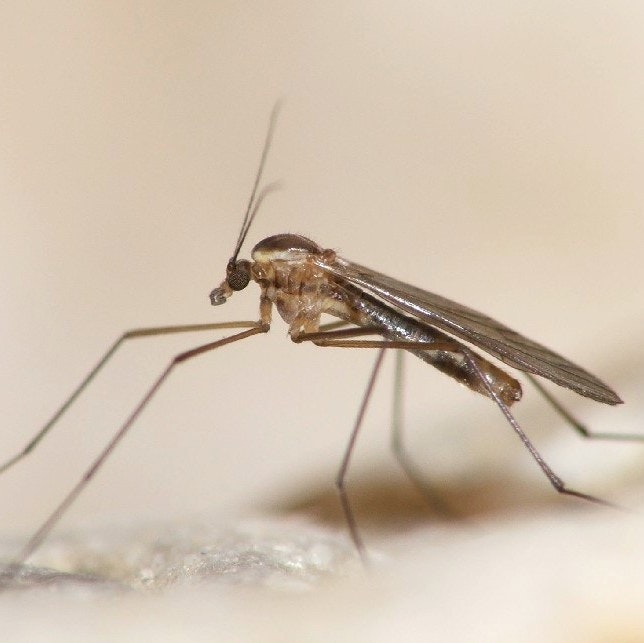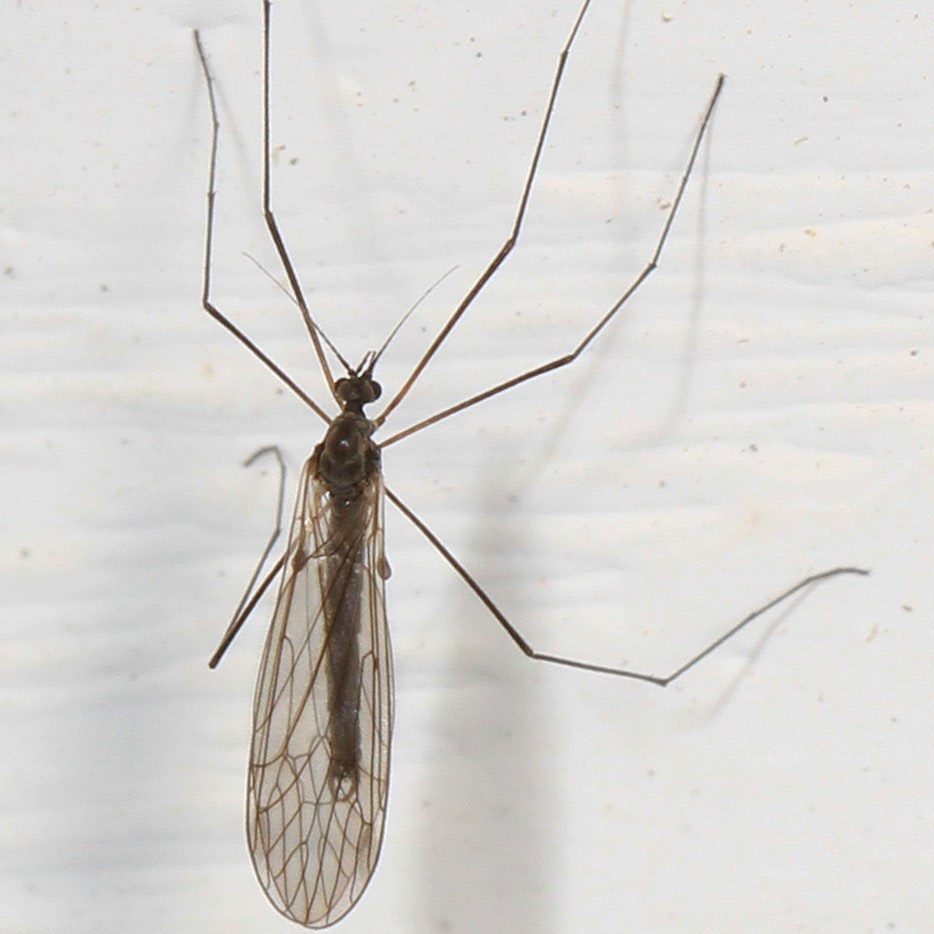Mosquito-Like Insects
There are many insects that resemble mosquitoes. Sometimes what appears to be a mosquito is actually another type of insect. Below are the insects most commonly mistaken for mosquitoes. None of these insects bite or carry diseases in Alameda County, but many can still be annoying. Many of these hatch in very large numbers and are attracted to lights around the home.
Midges (Chironomidae)

Midges are the most wide spread and numerous insects resembling mosquitoes. Adult Midges are commonly observed flying in swarms or “clouds”, or are seen resting on fences, walls, under eaves and in protected areas such as porches and entryways. Individual adults will live about seven days depending upon the species and weather conditions. The larvae develop in sources having extensive areas of standing water.
Dixid Midges (Dixidae)

Dixid Midges are common around moist areas where vegetation is abundant and may be seen swarming at dusk along the edges of streams and lakes. The adults are short lived, usually being active less than a week. The larvae are found in slow moving water, at the surface, and swim in a characteristic “U” shape.
Winter Crane Flies (Trichoceridae)

Winter Crane Flies are often quite abundant in Alameda County in the winter. They so closely resemble mosquitoes that they are frequently mistaken for them and reported to the District. Their larvae are found in roots, fungi, decaying vegetation, rotting leaves, manure, and other vegetative material.
Wood Gnats (Anisopodidae)

Wood Gnats larvae are found in or near decaying vegetation, fermenting sap, animal manure, tree trunks, mud and sometimes sewage. Adults are found on foliage in or near damp places, some are found around flowing sap. They are sometimes seen in small swarms.
.jpg?ixlib=rb-1.1.0&w=2000&h=2000&fit=max&or=0&s=8c83235c2b8c5cb77fc5d8c4e170c39a)
Mayflies (Ephemeroptera)
Mayflies are quite abundant in Alameda County near creeks, flood control channels and other water sources. Their larvae are found in most aquatic habitats and can live in moving water.
Owl Midges (Psychodidae)

Owl Midges are small hairy flies that can move about very nimbly, but are weak fliers. The larvae are aquatic or semi-aquatic and are very common in sewers and drains. The larvae are able to live in soapy water and are a good indicator of a leak in a shower/bath, sink, or laundry drain.
Crane Flies (Tipulidae)

Crane Flies are delicate insects varying in size from 1/4 inch to as large as 1 1/2 inches in length. The largest crane flies are sometimes called “daddy-long-legs,” “gully nippers,” or “mosquito hawks.” They do not bite people and they do not eat mosquitoes. Some species of crane flies emerge from aquatic sources and others from terrestrial or decaying vegetation sources.

